In a multi-emitter transistor (like in TTL ICs), does the transistor switch on and conduct through the emitters independently or together? That is, if there's a base current through emitter \$E_1\$, does this result in collector current through just \$E_1\$ or through both \$E_1\$ and \$E_2\$? For example, suppose \$V_{BE_1}\$ is 0.8V but \$V_{BE_2}\$ is 0.1V, so only the first is enough to switch the transistor on.
I looked at this question, and it seems to imply that if the transistor conducts, both emitters get equal current, but I'm not sure I'm interpreting that correctly.
(My question isn't about the operation of TTL, but about multi-emitter transistors in general.)
